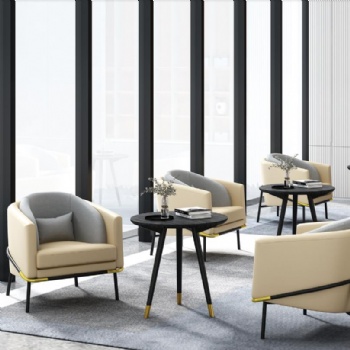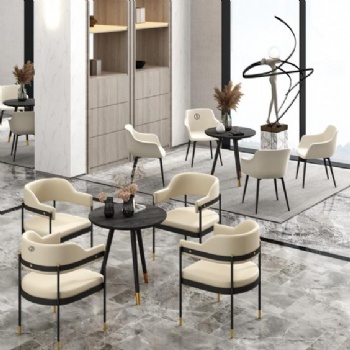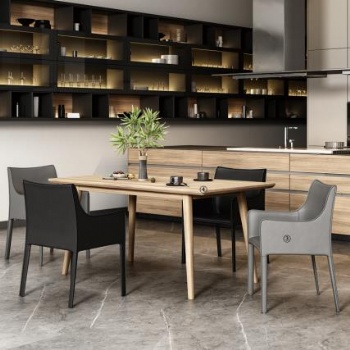News
OFFICE FURNITURE DESIGN AND FUNCTION TRENDS REVEALED: IMPORTAN INFORMATION YOU MUST NOT MISS
Office furniture is furniture designed and manufactured for office spaces, including tables, chairs, filing cabinets, bookshelves, storage cabinets, etc. The design and functional trends of office furniture change over time and society. Here are some recent trends:
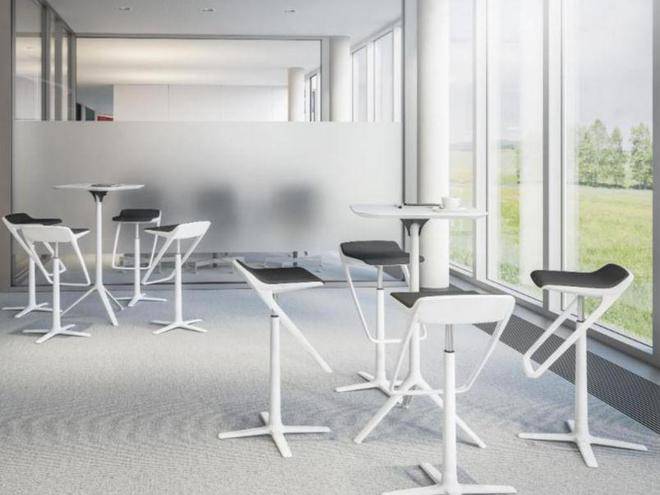
1. Multifunctionality: The design of office furniture increasingly emphasizes multifunctionality, such as tables that can be adjusted in height, angle, and position, chairs that can be folded or folded up, etc. These designs can improve space utilization and make office spaces more flexible.
2. Ergonomic design: More and more office furniture is adopting ergonomic design to ensure that people can maintain comfort and health during long hours of work. For example, the back and seat of a chair are designed to conform to ergonomic principles to reduce pressure on the back and buttocks.
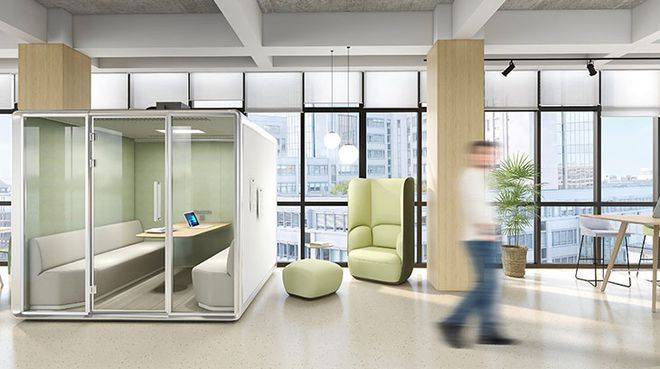
3. Sustainability: With the increasing awareness of environmental protection, more and more materials and manufacturing methods that value sustainability are being used in the design of office furniture. For example, furniture made from recycled materials, or using low VOC (volatile organic compound) coatings and adhesives.
4. Digitization: Digital technology is gradually penetrating into the design of office furniture. For example, some tables are equipped with digital displays that can display information such as meeting agendas and schedules. Some furniture is also equipped with functions such as smart locks and wireless charging.

5. Color and style: The color and style of office furniture are also constantly changing. Modern office furniture typically adopts a minimalist and modern design style, and some companies have also begun to adopt more personalized colors and styles.
In summary, the design trend of office furniture is multifunctionality, ergonomic design, sustainability, digitization, and diversification of colors and styles. These trends reflect people's continuous pursuit of workplace comfort and efficiency.
Categories
Contact Us
- 0086 139 23119482
- info@etengfurniture.com
- +86-13923119482
